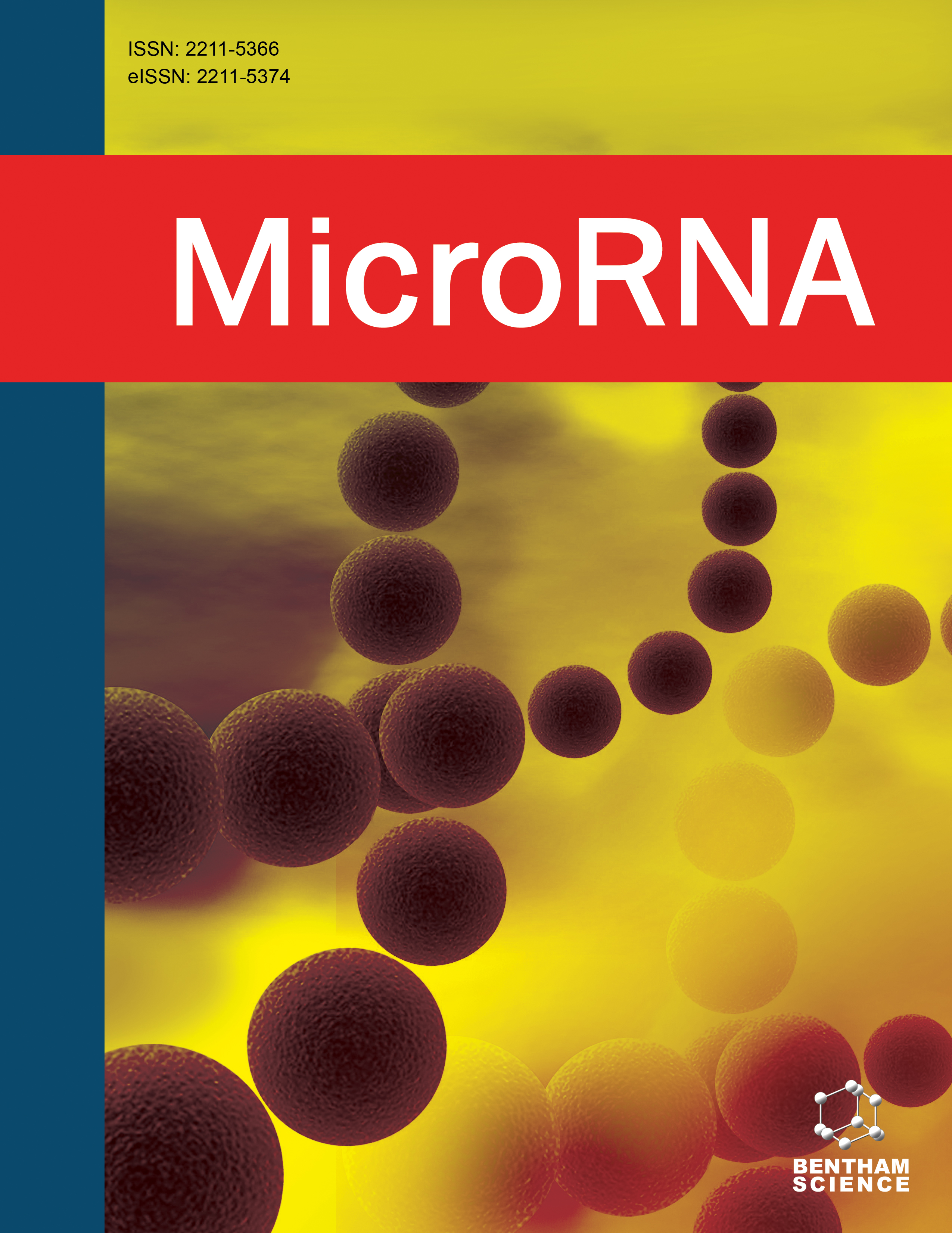
Full text loading...
We use cookies to track usage and preferences.I Understand
Publications reveal different outcomes achieved by genetically knocking out a long non-coding microRNA-host-gene (lncMIRHG) versus the administration of pharmacologic antagomirs specifically targeting the guide strand of such intragenic microRNA. This suggests that lncMIRHGs may perform diverse functions unrelated to their role as intragenic miRNA precursors.
This review synthesizes in silico, in vitro, and in vivo findings from our lab and others to compare the effects of knocking out the long non-coding RNA MIR22HG, which hosts miR-22, versus administering pharmacological antagomirs targeting miR-22-3p.
In silico analyses at the gene, pathway, and network levels reveal both distinct and overlapping targets of hsa-miR-22-3p and its host gene, MIR22HG. While pharmacological antagomirs targeting miR-22-3p consistently improve various metabolic parameters in cell culture and animal models across multiple studies, genetic knockout of MIR22HG yields inconsistent results among different research groups.
Additionally, MIR22HG functions as a circulating endogenous RNA (ceRNA) or “sponge” that simultaneously modulates multiple miRNA-mRNA interactions by competing for binding to several miRNAs.
From a therapeutic viewpoint, genetic inactivation of a lncMIRHG and pharmacologic antagonism of the guide strand of its related intragenic miRNA produce different results. This should be expected as lncMIRHGs play dual roles, both as lncRNA and as a source for primary miRNA transcripts.

Article metrics loading...

Full text loading...
References


Data & Media loading...

